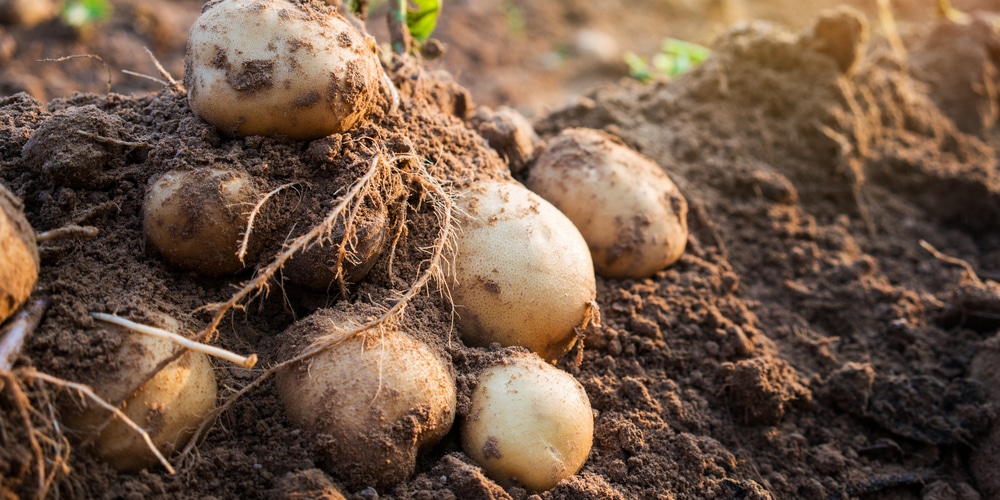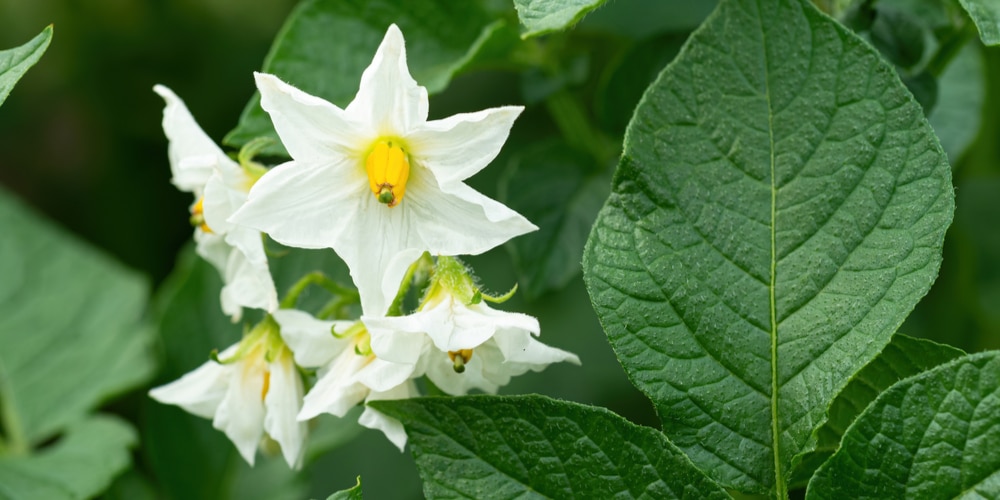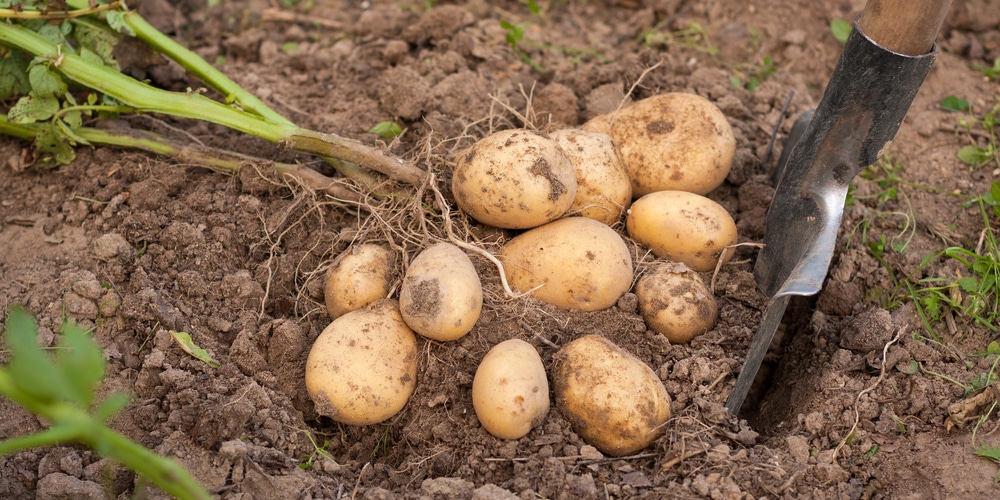It’s been said that the gardening season never ends when you’re in western Washington. However, you will need to consider how long each vegetable takes to grow. Potatoes need anywhere between 70 to 120 days from seed to harvest, so you’ll need to plan a schedule. Let’s look at when to plant potatoes in western Washington?
When to Plant Potatoes in Western Washington
Washington residents have a wide window for planting potatoes in their yards or gardens. In the western regions, it’s recommended that you start your potato plants outside as soon as spring starts, which is mid-March.
Some say you can plant potatoes in mid-April and on through the first week of August at the latest. If you count the days this way then you can expect a harvest anywhere from August to November.
The vegetable is well-suited for the cool climate in the west, particularly the Columbia Basin, Yakima Valley and the Cascade Mountains. You can plant them two weeks before the last frost hits but you should check if the temperature is at least 45 degrees before you do so.
There are hundreds of different potato cultivars, each with its own length of growing season, shape, flavor and storability, among others.
Getting your own seed potatoes can be a simple matter of going to the grocery and buying a bunch of russet potatoes, or you can go out of your way and get ‘Yukon Gold’, ‘All Blue’ or ‘Red LaSoda’.
What may be more important is the type of cultivar and length of growing season- early cultivars have a typical growing season of 60 to 80 days, while mid and late cultivars have growing seasons of 80-100 and 100-plus days or more, respectively.
How to Plant Potatoes in Western Washington
Planting potatoes begins with obtaining seed potatoes, or cutting pieces of a whole potato with the ‘eyes’ intact. Technically, the ‘eyes’ are nodes that can grow a whole new plant and potatoes once it grows to maturity.
Tubers develop in soil, and it’s important that you pick the right medium from the start. It’s recommended to plant potatoes in sandy or loamy soil, one that’s free from rocks and is well-draining.
However, it’s also been known that potatoes can grow in any soil as long as it drains well and isn’t contaminated with heavy metals.
It’s recommended that you choose potato seeds that are certified and not treated with sprout inhibitors. Wait until the frost has passed and when the soil is at least 50 degrees F.
Till the ground around 6 to 8 inches and work manure or well-rotted compost. You can also apply fertilizer as early as now to encourage faster growth.
Then, dig shallow 4-inch trenches and put the seeds in while observing 12 inch spacing. Cover the seeds with 4 inch soil and water them in well. Sprouts should come up anywhere between 3 to 4 weeks.
How to Grow Potatoes in Western Washington
The best location to grow potatoes in Western Washington is in a sunny spot in your yard or garden. Also, tubers need an adequate amount of space so they can grow well so it’s essential to observe a distance of 12 inches in rows and 3 feet between them.
Before planting potato seeds the soil should be moist. Cover the seeds adequately using straw or soil, then allow them to settle in for a few days.
It’s absolutely important to monitor moisture levels in the soil since it dictates the harvest size and quality.
It’s said that potato plants need 2 inches of water weekly, with more or less depending on the soil type and weather. If there isn’t any rain then you will have to supply the irrigation yourself.
Do not water the soil until the plants emerge to reduce the risk of seed rot and failure. Also, when watering you shouldn’t provide additional water as its roots only max out at 18 inches.
When to plant potatoes in Western Washington: Final Thoughts
To prevent leaf disease it’s recommended that you water early in the evening or late afternoon.
Alternatively, you can add mulch in between the plant rows to prevent weeds, keep the soil moist and cooler on hot summer days.
Common pests such as aphids and potato beetles can be controlled with a well-directed jet of water and hunting down the adults and eggs on the leaves’ undersides.
Related Article: When to Plant Tomatoes in Washington?


